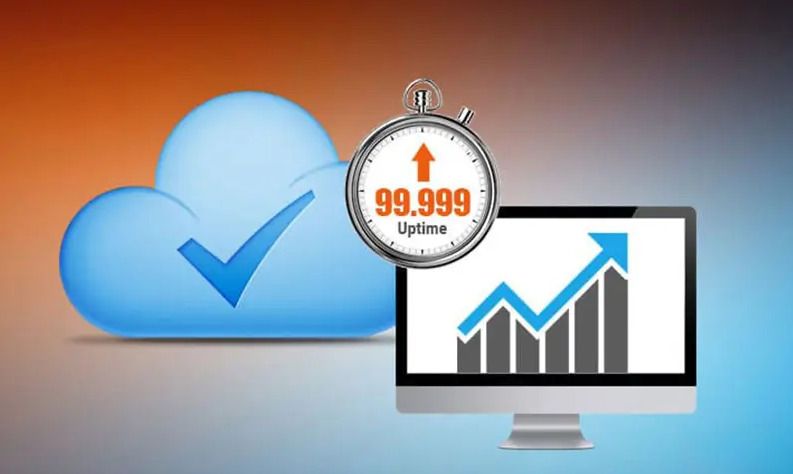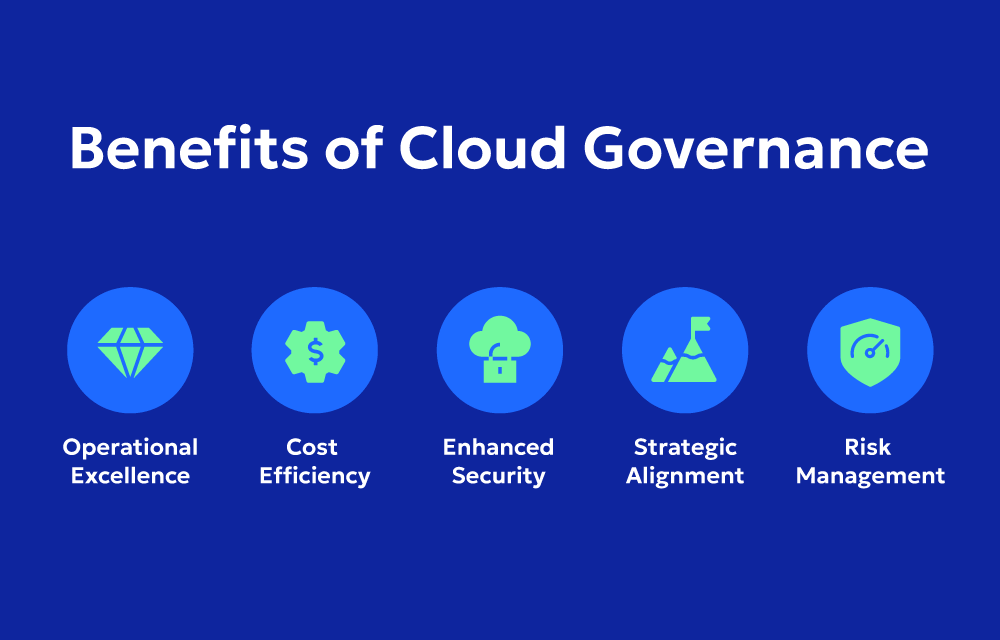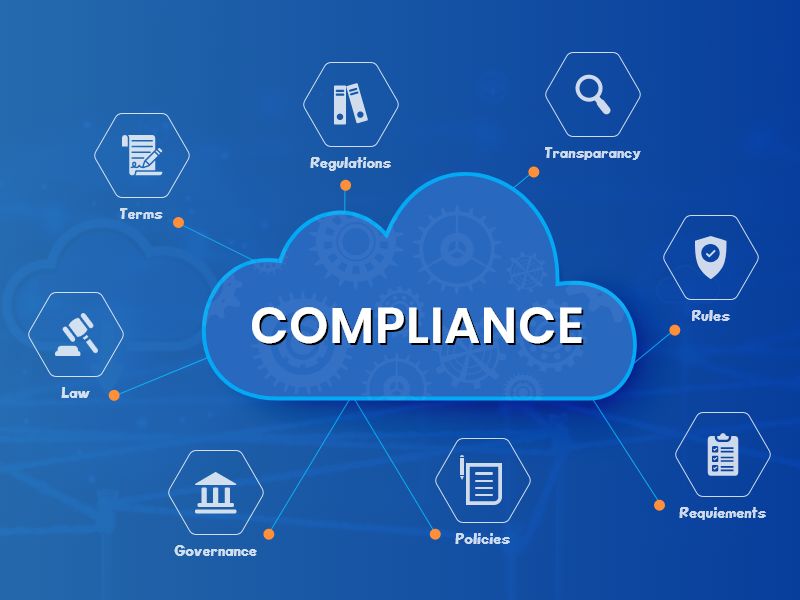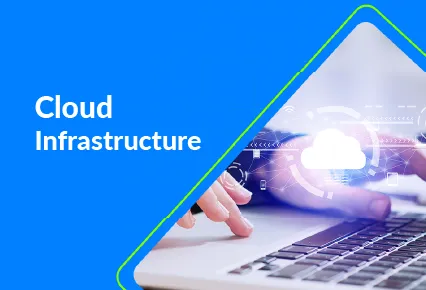The trading floor buzzed, as it always does on a big day. Wednesday, November 12, 2025, wasn’t just any day, though. It was the day Groww, the investment platform, went public, and the numbers were… well, they were something.
Shares opened at ₹112, a solid 12% above the initial offering price. By the close, they’d climbed to ₹128.85. Impressive. It all translated to a market cap of roughly $9 billion, a figure that felt… substantial, even in the current climate.
You could feel the energy in the air. The anticipation. The sheer volume of transactions. It was a clear signal of the ongoing retail investing boom in India, a trend that’s been reshaping the financial landscape for a while now. Groww, it seems, is perfectly positioned to capitalize on it, with an IPO that raised nearly $750 million.
The tricky part is understanding what it all *means*. It’s not just about the money, obviously. It’s about the shift, the democratization of investing, the way more and more ordinary people are getting involved. One analyst, speaking to reporters, noted that “Groww’s success is a reflection of the growing financial literacy and the desire for wealth creation among the Indian populace.”
The room felt tense — still does, in a way. The weight of expectations, the potential for volatility, the knowledge that so much was riding on this one moment.
And the numbers, you know, they tell a story. A story of growth, certainly. A story of opportunity, too. But also, perhaps, a story that’s still being written.




